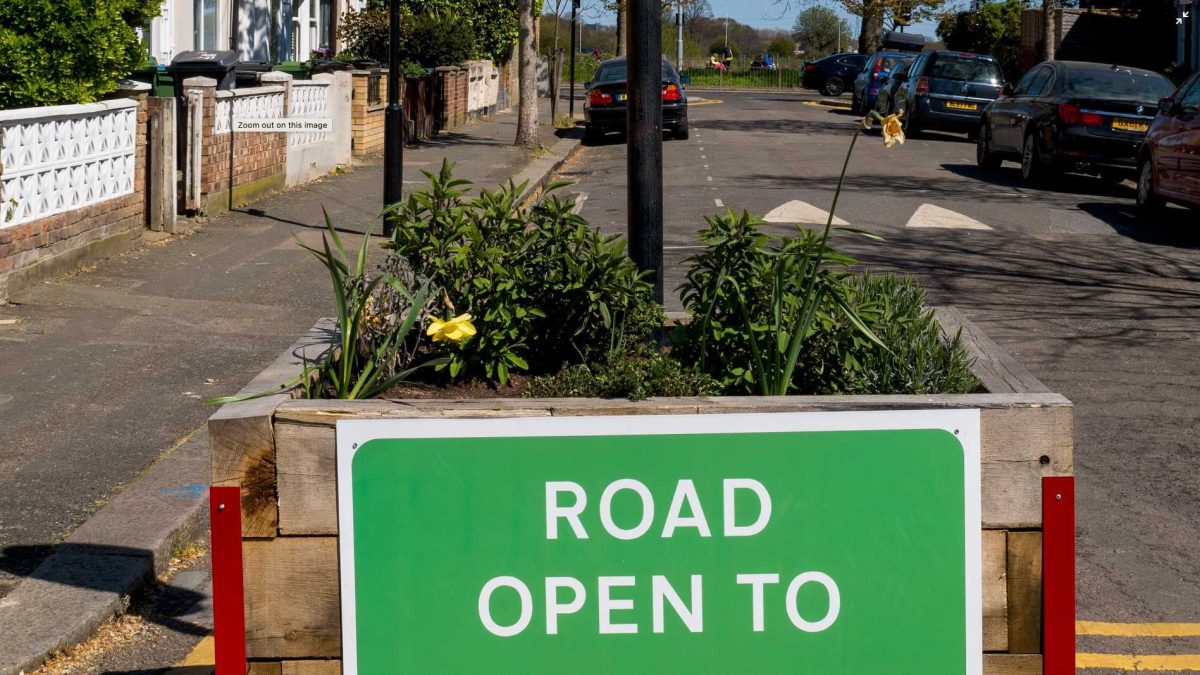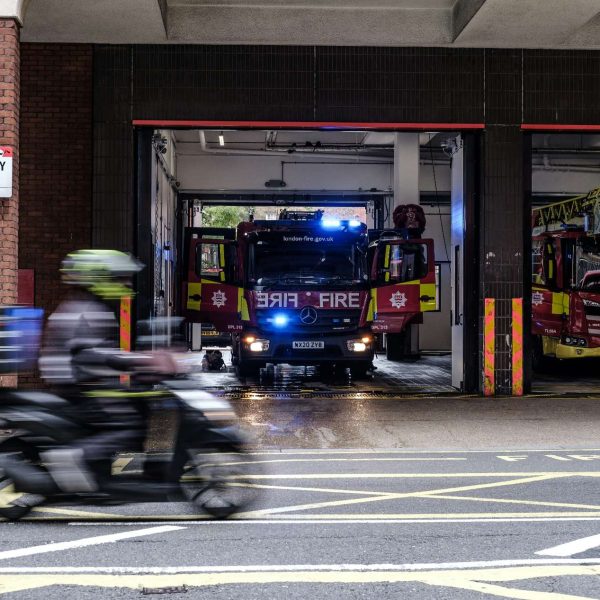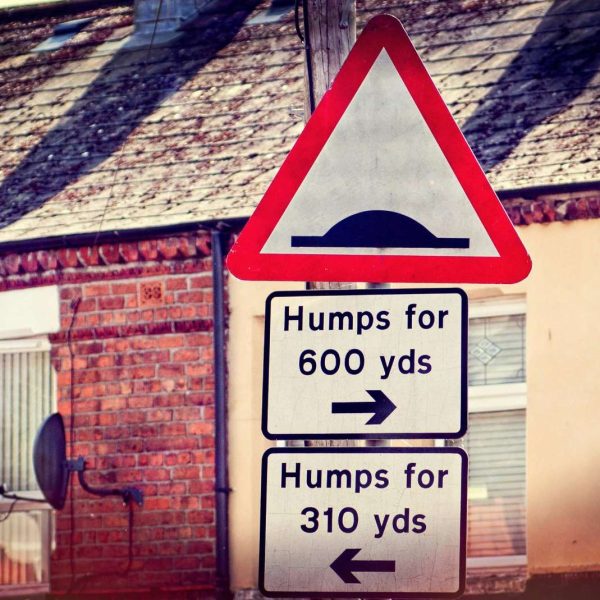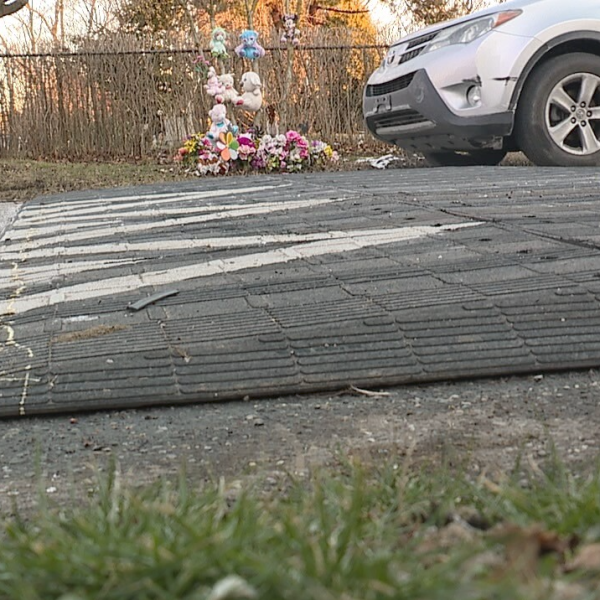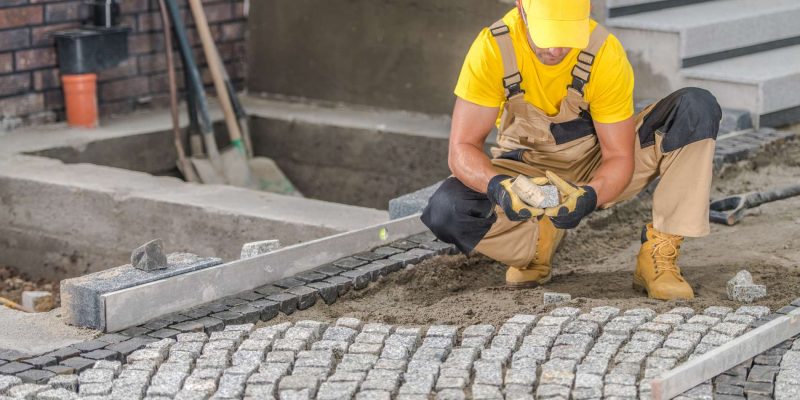
Speed Tables: A Simple Solution to a Common Problem
Speeding vehicles are a common problem in many areas, posing risks to both pedestrians and drivers themselves.
However, there is a simple and effective solution called speed tables. These raised sections of pavement are strategically placed to slow down vehicles as they pass over them. Speed tables have gained popularity and are widely used in residential areas, near schools, and other areas where the need to reduce vehicle speeds is crucial.
When it comes to constructing speed tables, materials like asphalt or concrete are commonly used. They are designed to span the entire width of the road and are typically placed at regular intervals. To increase visibility, they are marked with a yellow line. The height of a speed table usually ranges between two and four inches, and the length varies between ten and twenty feet.
Speed tables as a visual cue for drivers
The primary purpose of speed tables is to force drivers to slow down by creating a physical barrier. When vehicles pass over the raised section, it creates a noticeable bump that naturally slows them down. Furthermore, the height of the speed table serves as a visual cue for drivers to reduce their speed. This combined approach effectively curbs speeding vehicles, making the surrounding areas safer for everyone.
Speed tables offer several advantages as a traffic calming solution. Firstly, they are relatively easy and affordable to install and maintain. Compared to other options like speed bumps or speed humps, speed tables provide a smoother transition for vehicles, reducing the discomfort experienced by passengers and minimizing wear and tear on vehicles. Secondly, they contribute to the overall safety of the area by decreasing the chances of accidents. By compelling drivers to slow down, speed tables help minimize the risk of collisions between vehicles, pedestrians, and cyclists. They also help prevent vehicles from running off the road or colliding with parked cars.
However, it is important to acknowledge that speed tables do have some limitations. Larger vehicles such as buses and trucks may find it more challenging to navigate speed tables smoothly. The raised surface can cause discomfort and potentially damage these vehicles if not properly approached. Additionally, speed tables may pose a nuisance for cyclists, who must carefully navigate them to maintain balance and control.
Maintenance can also be a consideration with speed tables. Over time, weather conditions and continuous use can cause damage to the tables. Regular checks and repairs are necessary to ensure their effectiveness and safety.
Despite these limitations, speed tables remain a highly effective solution for reducing speeding vehicles. Their benefits outweigh the potential drawbacks in terms of cost-effectiveness and safety enhancements. By combining speed tables with other traffic calming measures such as speed bumps and speed humps, communities can create a comprehensive approach to manage and regulate vehicle speeds effectively.
Speed tables are a simple yet highly effective method to address the problem of speeding vehicles. With their ability to slow down vehicles and create a safer environment for pedestrians and drivers, speed tables have become essential tools for traffic management in residential areas, near schools, and other locations where reducing speed is crucial. Keeping in mind their limitations and the need for proper maintenance, speed tables remain a valuable asset in ensuring road safety and enhancing overall community well-being.


